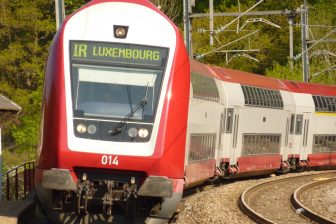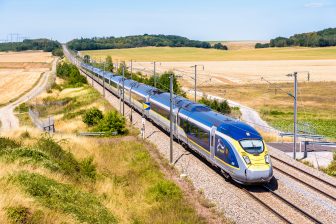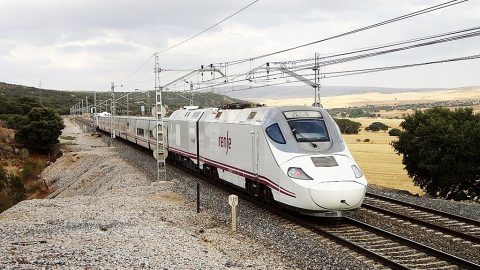
High-speed trains run as mobile hospitals
The present-day unprecedented circumstances force the railway operators to change their operations. In order to assist the medical staff in their fight against coronavirus, railways are looking for extraordinary solutions. One of them is the conversion of high-speed trains into mobile hospitals.
At the moment, Spain is going through the epidemic peak: the country has more than 112,000 confirmed cases of the virus, it is the second-largest number in Europe after Italy with over 115,000 confirmed cases. That’s why the national railway operator Renfe is working together with Spanish rolling stock manufacturer Talgo for the medicalisation of the high-speed trains. Renfe will use these vehicles for carrying patients infected with coronavirus.
Talgo 250 Dual
To this end, the partners have chosen the Talgo 250 Dual high-speed trains. This type of rolling stock has several advantages compared to other series of trains. It is equipped with a variable gauge system and, therefore, can run on the various gauges available across Spain. Also, the Talgo 250 Dual high-speed trains are the bi-mode vehicles, they are able to run on both electrified and non-electrified routes.
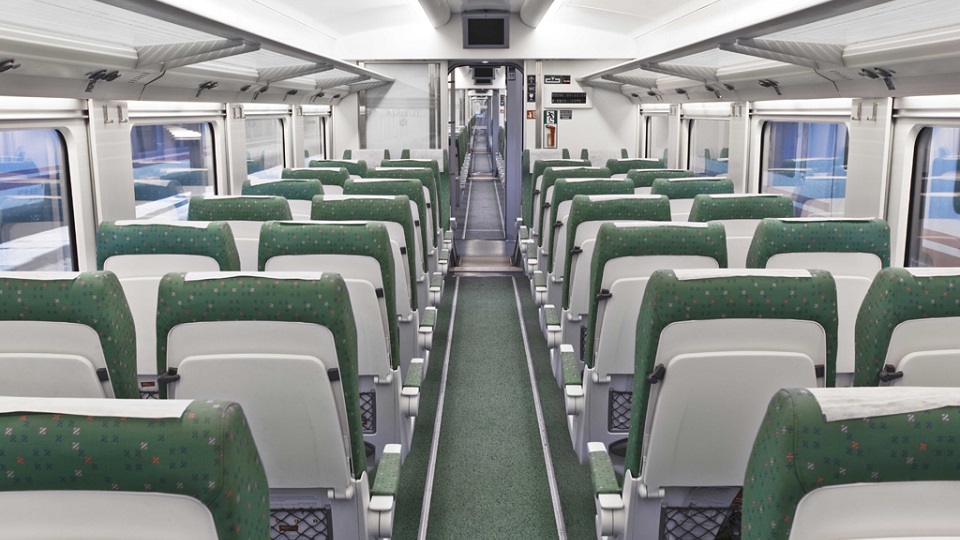
This type of vehicles are low-floor, therefore, they are easily accessible for stretcher patient transport. Following the instructions of the Ministry of Transport, Mobility and Urban Agenda, Talgo and Renfe are adapting these trains by removing some interior components and installing the medical equipment necessary for patients in a serious condition.
French high-speed hospitals
While Spain is just preparing to operate the mobile high-speed rail hospitals, France has already been doing this. French national railway operator SNCF had medicalised its two TGV high-speed trains. The first mobile hospital performed the initial trip on 26 March having delivered over 20 patients from Grand-Est region in northeastern France to Pays-de-la-Loire on the west of the country.
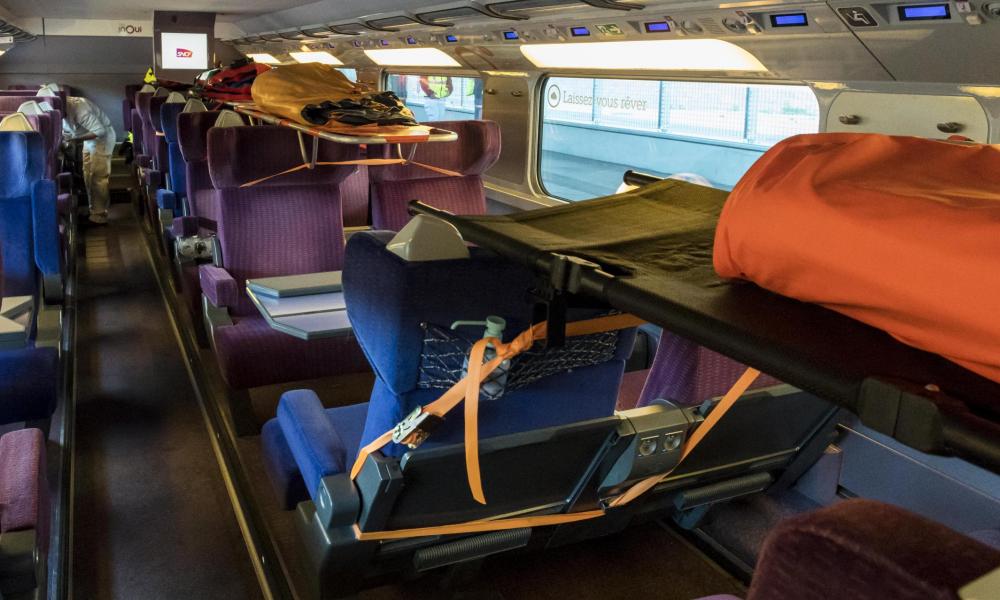
SNCF needed one day to convert the high-speed train into a mobile hospital. To this end, the company mobilised its staff. There have been installed four sickbeds and necessary medical equipment in each carriage of the train. As of today, the mobile hospitals are continuing their voyages on other routes across France.
Ukrainian war experience
It is worth to add that the Ukrainian Railway (UZ) does not use its high-speed trains to tackle coronavirus. However, the national company had a similar practice in transporting the wounded soldiers from the war zone in the Donbas region of Ukraine.
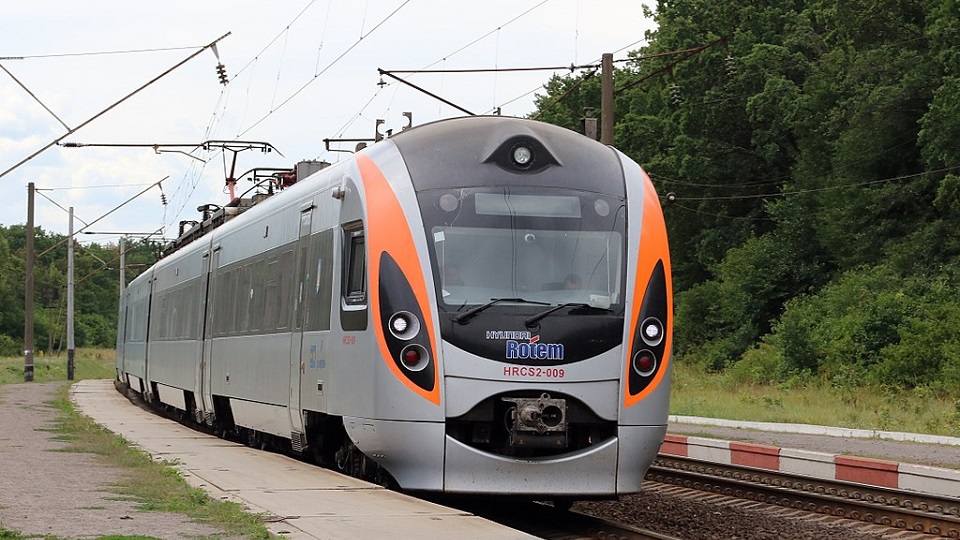
In 2015 UZ actively used its Hyundai high-speed trains to carry the military men from Pokrovsk station, in 50 kilometres from the front line, to the specialised hospital in the city of Dnipro. To this end, the company separated the first or last carriages (or both of them) of the nine-carriage trainsets and convert them into a temporary ambulance. The remaining carriages were used for passenger transportation.
Read also:

